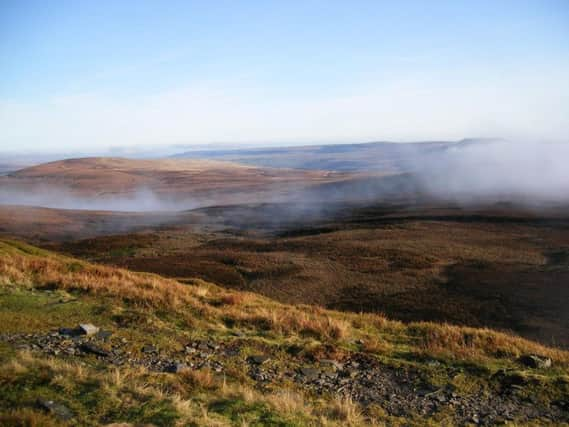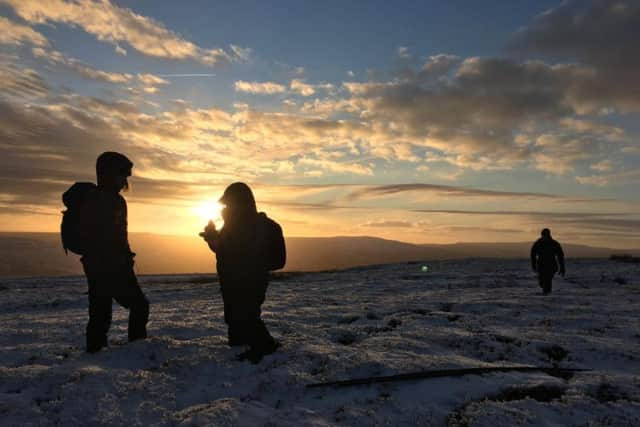'Flooding and climate change make fixing Yorkshire's broken peatlands vital', Yorkshire Wildlife Trust says as it launches major fundraising appeal
This article contains affiliate links. We may earn a small commission on items purchased through this article, but that does not affect our editorial judgement.


Mossy and boggy at their best, it is perhaps for these qualities that peatlands are overlooked even though, when thriving, they are a force for good in ways other environs cannot match. As carbon sinks, they help mitigate climate change, while their habitats support wildlife and slow the flow of rainwater on its journey down to towns and cities.
Yet the vast majority of Yorkshire’s 70,000 hectares are at crisis point. Instead of being wet and boggy they are “brown and broken”, say the Yorkshire Wildlife Trust, and so the charity is today launching a national fundraising appeal to help pay for their restoration.
Iconic but in dire condition


Advertisement
Hide AdAdvertisement
Hide AdRob Stoneman, the trust’s CEO, said it was imperative that it finds the means to protect peatlands.
“Dover has their white cliffs, Scotland has their pine forests – we have our peatlands,” he said. “They’re the heart of the moors, beautiful landscapes that embody the very spirit of Yorkshire. But the majority of them are in a bad way and in dire need of our help, which is why we are launching this vital appeal.”
Even if they are not as easy on the eye as other landscapes, Lyndon Marquis, communications officer at the trust, said peatlands are worth saving for lots of reasons.
“When you’re up on the tops in the Dales or the North York Moors and looking out over this rugged landscape, it’s perhaps not beautiful at first sight, it’s maybe slightly haunting, but it’s still really rugged.
Advertisement
Hide AdAdvertisement
Hide Ad“Peatlands store twice as much carbon as all of the world’s forests. They cover three per of the world surface, but lock up 30 per cent the world’s carbon. It’s our largest terrestrial carbon store.
“On healthy peatland where you’ve got a thick blanket of vegetation, rainfall hits the ground and has to work its way through all those plants and runs off the moors very much more slowly - this helps mitigate the risk of flooding.”
Historic damage
Peatlands are in such a bad way due to practices dating back to the 1950s, Mr Marquis explained.
“In the past, government policy incentivised people to drain peatlands to improve them for agriculture. But that’s bad for wildlife, bad for flooding and bad for any kind of recreation.
Advertisement
Hide AdAdvertisement
Hide Ad“They are now drying out and can no longer support the vegetation that keeps them as peatlands,” he said.
“It’s a matter of repairing historical damage, and making sure that we don’t let that happen again. We are asking people to donate to the campaign, Give Peat a Chance, and if you’re out at a garden centre buying plants or compost, go for peat-free.”
Massive task
An area of peatland the size of more than 42,000 football pitches - nearly 30,000 hectares - has been restored by Yorkshire Wildlife Trust, but “significant” funds are needed to continue its work.
It is most needed in upland parts of the Dales, North York Moors and Nidderdale Area of Outstanding Natural Beauty.
Advertisement
Hide AdAdvertisement
Hide AdHealthy peatlands support birds such as golden plover and curlew, as well as plant species such as cotton grass and round-leaved sundew.
